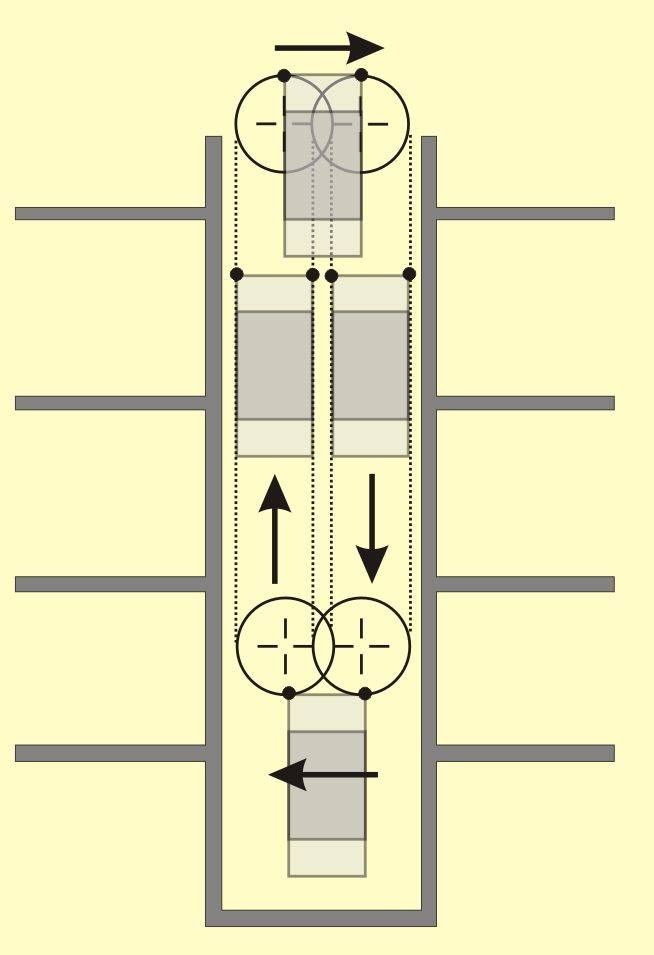Paternoster History - Invention of Paternoster Lift
Little more than two thousand years ago the age of elevators begun with the first experimentations done by Roman and Greek engineers and mathematicians who first tacked the problem of transporting people and goods over vertical distances. After centuries of experimentation in medieval Europe with various systems of hoists, winders, screws and gears, elevators finally started forming familiar shape in the mid-19th century. During that time steam elevators powered by coal fire started being used in industry and coal mine, but soon more streamlined and user-friendly elevators stated appearing in public places, especially after Elisha Otis created his famous “safety elevator” design in 1852.
Period between 1850 and early 1900s was remembered as one of the most innovative times in the history of elevators. One of the more intriguing designs of that time was the discovery of Paternoster, ever-revolving passenger elevator that consisted of a chain of open compartments (which usually carried only one or two persons) that moved slowly in a loop inside a building without a stop. All compartments of this elevator were open, allowing passengers to freely enter or exit them at chosen floor.
First Paternoster was built in 1884 by the engineering firm of engineering firm of J & E Hall in Dartford, England. Initially this kind of elevator was named Cyclic Elevator, but it was soon embraced around the England and Europe as paternoster (named after first two words of the Lord's Prayer in Latin “Old Father” because entire elevator design resembled religious rosary beads). During 1st half of 20th century paternosters became very popular across continental Europe because they could achieve much higher flow of passengers than in ordinary elevators. They were most commonly found in public or government buildings, traveling with the average speed of just 0.3 meter per seconds (which allowed safe entry and exit). In the 2nd half of 20th century (and especially after early 1970s) paternosters became less and less used because of the risk of injury.
Many countries forbid their use because of these safety concerns, and between 1970 and 1993 five people were killed by paternosters. The widely publicized 1989 paternoster accident at Newcastle University's Claremont Tower caused 18th-month close-down of all paternosters in the UK, prompting detailed safety review of all working model, installing additional safety devices and in some cases, installing traditional elevators in their place.
Today, modern Paternosters are fitted with the state of the art safety devices, and are in some cases operated completely by computers (Hitachi models).
